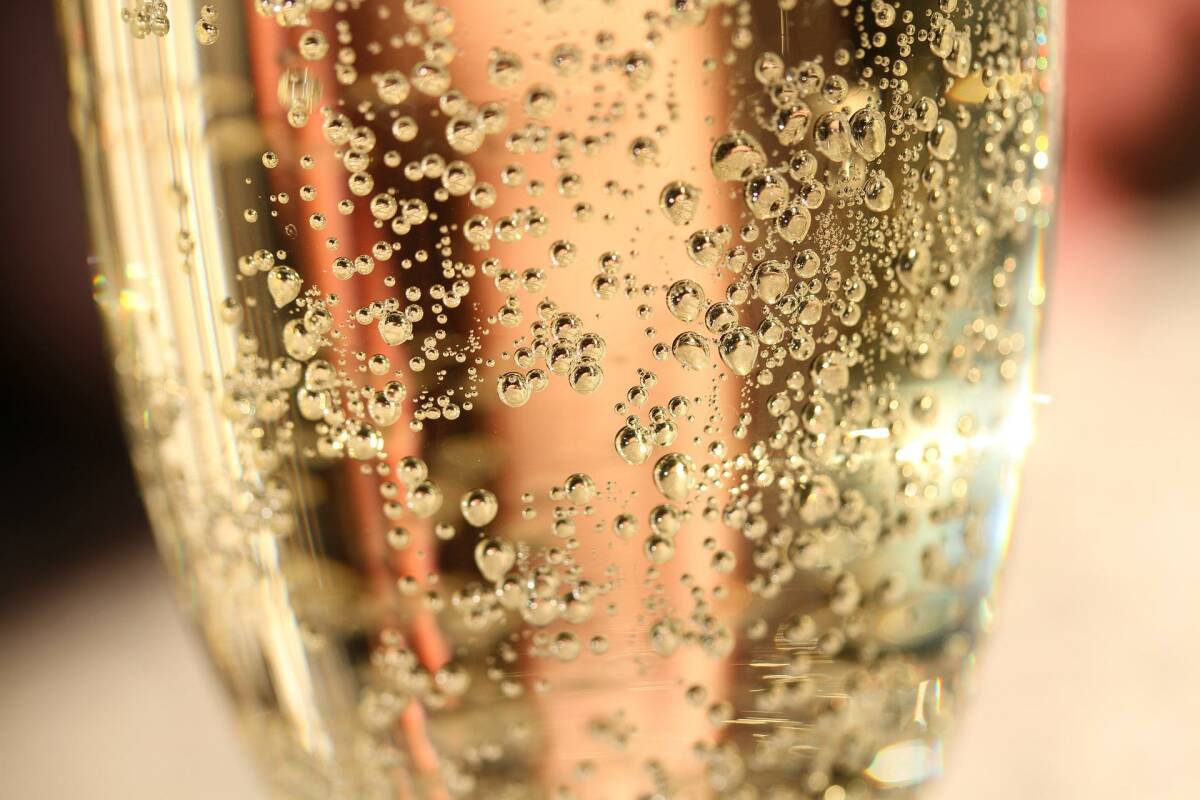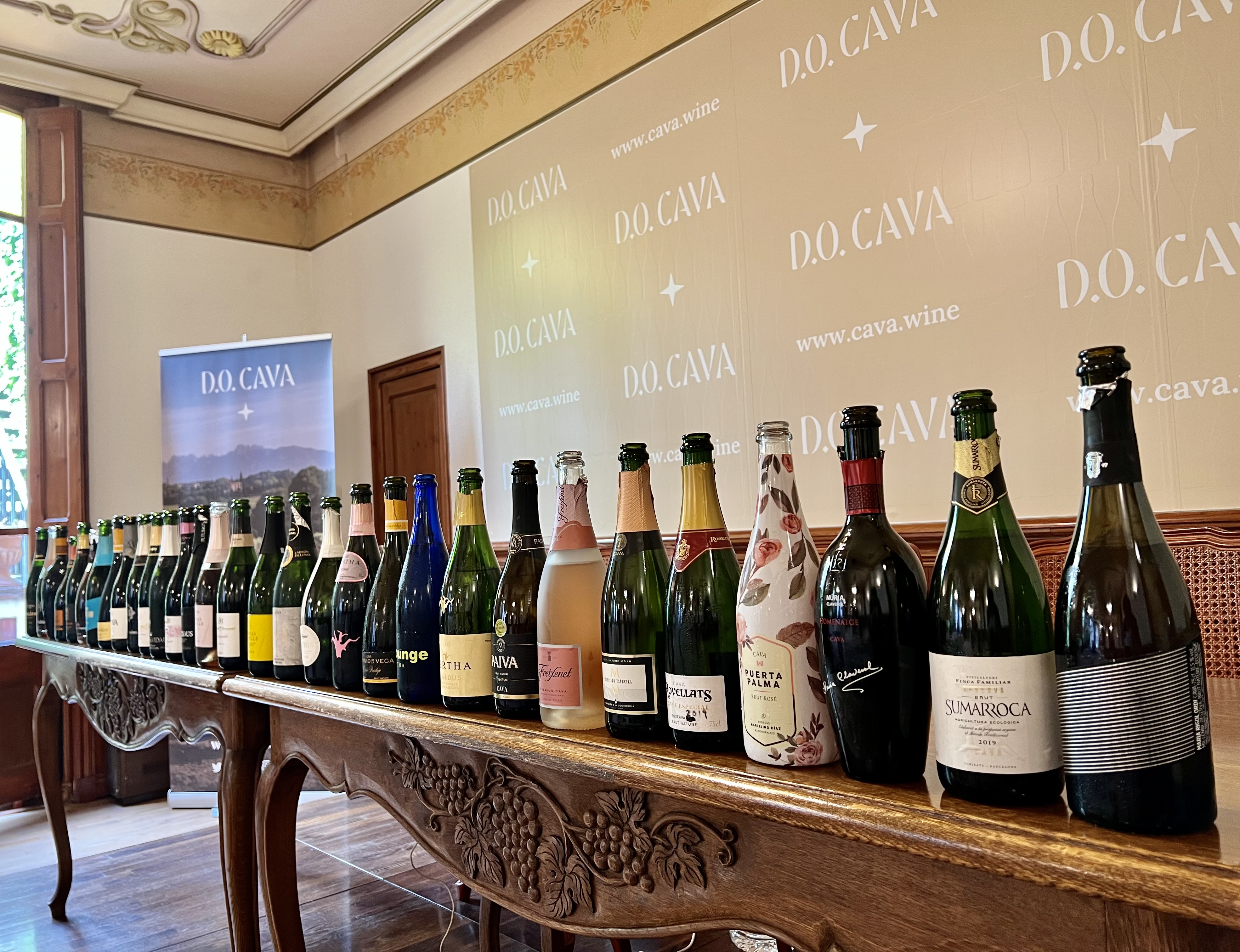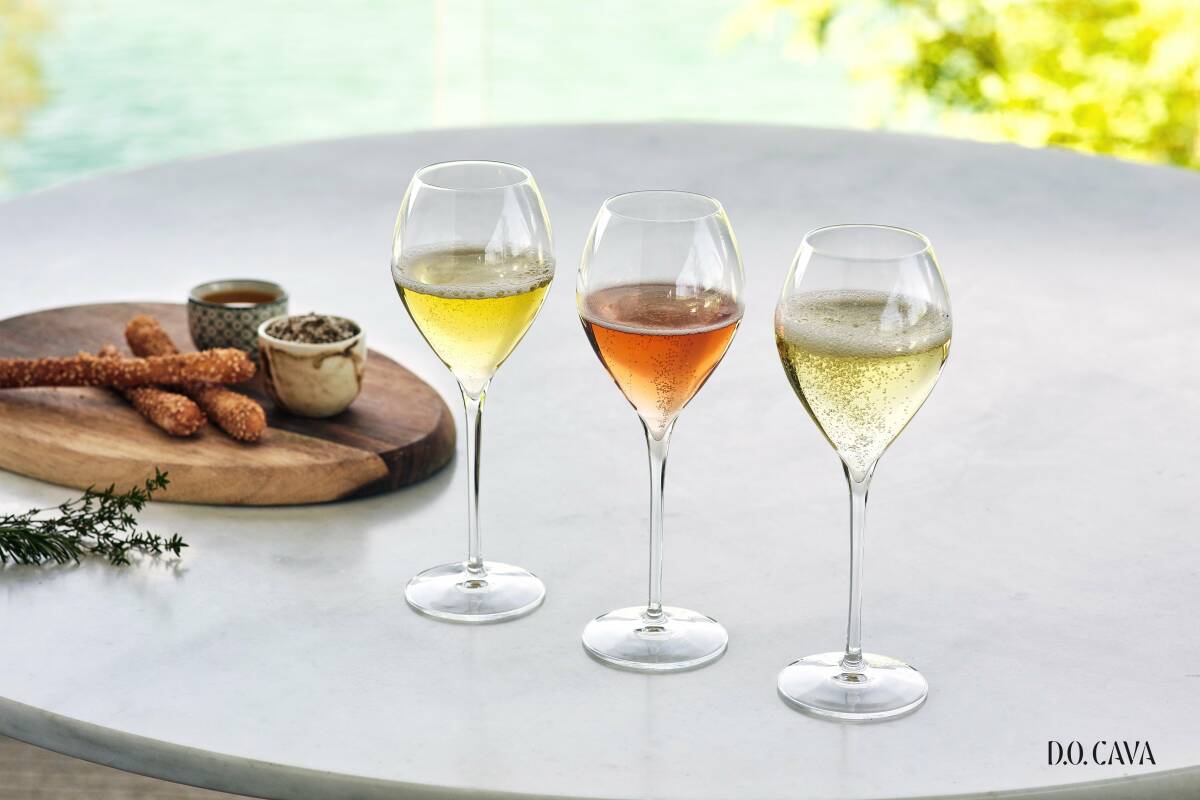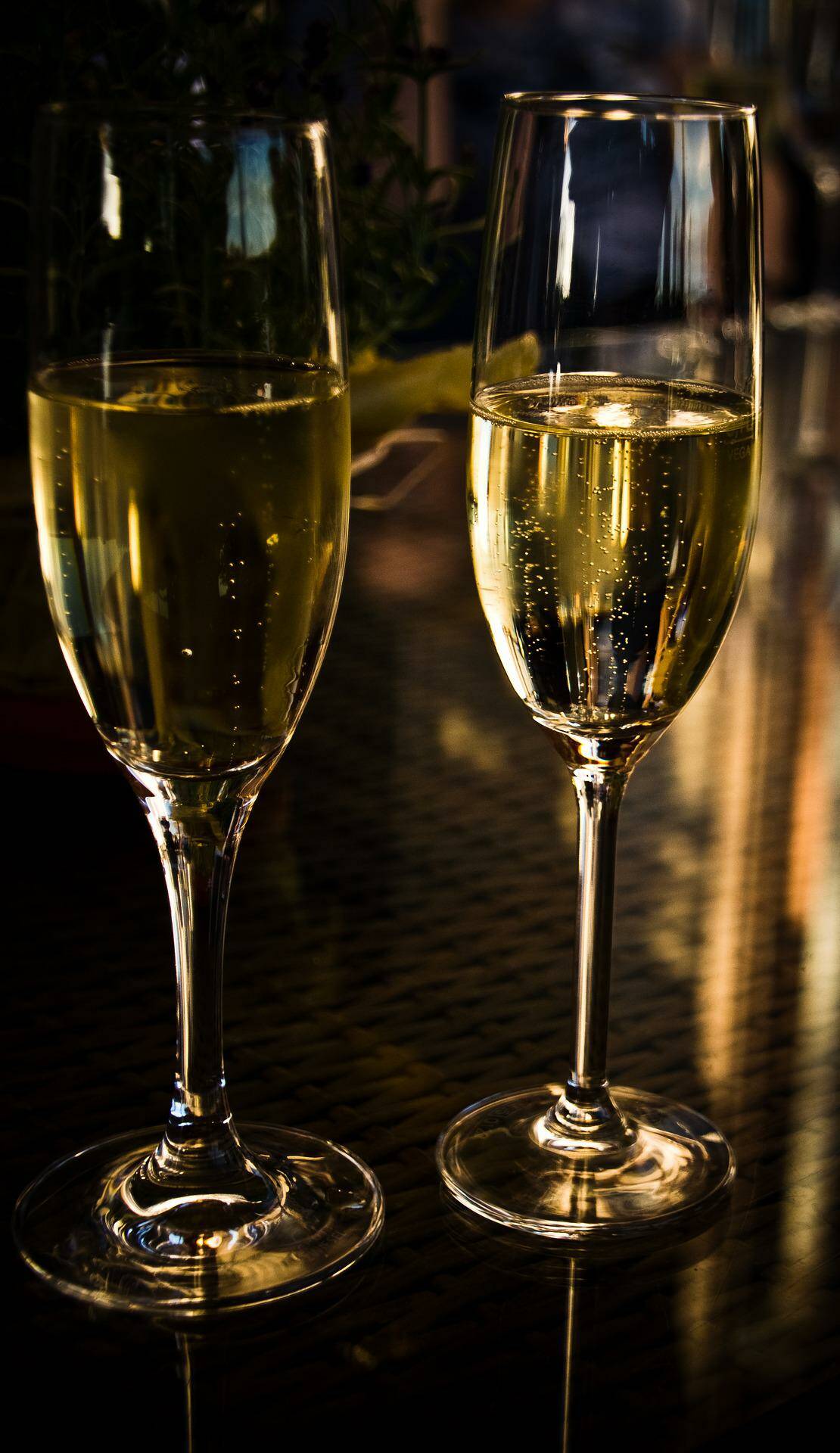Sierra de Salamanca, pure, unspoilt vineyards
This appellation is one of the smallest in Spain, with barely 120 hectares of vineyards in production

These are effervescent years for the world of sparkling wine in Spain and more specifically for those that carry the DO Cava seal. We recently learned from a report published in the newspaper La Vanguardia of Freixenet Hemkel's intentions to explore some changes within the appellation- or perhaps outside it- with desires ranging from increasing yields per hectare, admitting new grape varieties or even reducing the minimum ageing time in the bottle, This clashes head-on with a DO that has announced a strategic plan that revolves around the maximum ageing categories, Reserva and Gran Reserva wines, which represents only 12% of its production (data from the 2021 financial year), a very similar percentage to that of six years ago in 2015.
The departure a few years ago of winemakers with a Catalan passport in favour of Classic Penedès and later to the collective quality label Corpinnat forced the heads of the regulatory board to take important decisions to prevent the DO from bleeding to death in its highest quality segment. In this whirlwind of events, some sparkling wine giants, such as Freixenet and Codorníu, experienced important capital movements in their ranks; in the former, the entry of the Henkell group in 2018, as the main shareholder (50.7%) and Codorníu with the entry of the US fund Carlyle (55%). Just one year later, the Cava Regulatory Board announced with great fanfare the start of an important process of change through an ambitious strategic plan focused on the segmentation and zoning of the Cava universe, which, as we all know, was suffering from a large and confusing production area spread across various parts of Spain.

The entry of new international players in some of the wineries that contribute the most bottles to Cava as a whole was going to bring about changes, although not necessarily at the top of the qualitative pyramid.
For the moment, the latest economic figures for Cava are impressive. In the last year it reached a turnover of 2,000 million euros in 2021, with 238 million bottles sold, an increase of 13.46% over the previous year.
In April Henkell Freixenet announced that it would close its 2021 financial year with an 11% increase in sales compared to the previous year, reaching a turnover of 1,326 million euros. This group is currently the world leader in the sparkling wine market, according to IWSR, with a market share of 9.7%.
Everything seems to indicate that the aim of some Cava producers such as Freixenet is to try to compete with Prosecco, which closed the year with a production of more than 627 million bottles in 2021, 18% more than in 2020, an astonishing figure for an appellation that was created in 2009. As an agent already established in the Catalan area, the Hemkel group is ready to fight its first great personal battle, that of seeking a reduction in the minimum ageing times. Another aspect on which a consensus is being sought is that of allowing higher maximum yields per hectare, which would allow for a greater number of kilos of grapes per campaign. We do not know if one of the ideals for some of these Cava sparkling wine companies would be to try to abolish the obligation to make wines using the traditional method, which is much longer and more costly than the charmat method used to make Prosecco wines, but it would not be unreasonable to think that they would be delighted if this modification were to come about at some point.
At Guía Peñín we have commented on a number of occasions on the excellent move to try to zone and segment the quality of Cava. The DO's latest moves were aimed at this goal, but today the latest news leads us to another still uncertain scenario. At the tasting level we have been able to observe how high quality cavas are still scarce, especially after the split of Corpinnat and its wineries. The Cavas de Paraje category aims to cover this segment and, we understand, to populate it with more brands, but they are still too few for the number of bottlings and brands marketed in the DO.

Given the differences between Prosecco and Cava, both in terms of varieties, yields and winemaking methods, the image to be achieved by Cava should be to increase the general quality level of its wines, giving greater importance to bottle ageing. It would be interesting to see wines expressing their age more, instead of adjusting the times and winemaking processes towards fresh and light wines, a trend that is nowadays present in the Reserva category and also, surprisingly enough, in a good number of Grandes Reservas. In this sense, the organoleptic differences of a wine in each of its categories should be very clear and wines that are stylistically similar should not be allowed to bear different back labels. Consumers must know that when they buy a wine with a higher ageing potential, whether reserva or gran reserva, they will find a wine with characteristics that are more closely tied to its greater restrictions and longer ageing, and unfortunately this is not the case today.
Prosecco is not today an agent with which we should compare ourselves, as we are talking about different products. Instead we should look at those regions that work with the traditional method of secondary fermentation in the bottle, which are, at least on paper, our closest competitors in terms of the way they work the product.
We have prepared an article in which we go into the evaluations and impressions of the tasting team after tasting the sparkling wines of the D.O. Cava and also those that do not carry the seal of the DO, an interesting reflection on the different realities that today converge in the world of sparkling wine with secondary fermentation in the bottle, and which you can read here.
Rarely has there been so much expectation surrounding elections within a Control Board as there has been for Cava. There is a feeling in the production sector that Cava is at a vitally important moment that could define its near future. Some voices in the sector even consider Javier Pagés, who was responsible for the last and most ambitious remodelling of Cava, to be at the end of his mandate. In addition, cava producers from Requena and Almendralejo have joined forces to seek representation in the Cava board assembly, in which they do not currently have a vote, despite also being producers with the status of sub-zone.
 Images from D.O. Cava
Images from D.O. Cava
In reference to the proposals made by Freixenet in an interview recently published by the newspaper La Vanguardia, Damià Deàs, president of AECAVA (Association of Cava Producers) states that these were "demands that Freixenet had already been proposing, but they were not made in the most appropriate way at the time, as the Regulatory Board assembly had voted unanimously to support the new strategic plan". In this sense, Damià assures that "we are all doing our part to contribute to the development of this strategic plan and in the case of Freixenet I know that Segura Viudas, for example, is doing its part to enter Cava Superior, buying grapes for the next harvest at over 50 cents per kilo of grapes, which means that they are taking a positive stance on this strategic plan, so I am more relaxed today than a month ago when we had these statements".
AECAVA assures that the figures they have for 2022 show a notable increase in sales of Superior Guard cavas (Reservas, Gran Reservas and Qualified Paraje), which could reach 15% of total production, data which, if true at the end of the year, would indicate a small upturn in a category in which they are making significant efforts and which would bring with it an increase in average sales prices and also in the prices received by Cava growers". Damiá Deás clarifies that for certain areas it is important to have a certain critical mass because sometimes we can talk about certain products with a very small production, but which socially do not generate wealth in a specific territory, so "it is important not to forget these 300 million kilos of grapes where there are around 6,000 winegrowers who make a living from this". "It is important to see the virtue of having a powerful range of products that covers all the expectations of our customers, as Cava has, with excellent Gran Reservas for 50 euros, but also with mid-range products at 10 euros that are excellent".
At the moment, the reality of Cava is to be found in its bottlings, with an excessive homogenisation of its entire repertoire of wines and in the still scarce range of premium products. We have tried to gather some testimonies from Freixenet to complete the current vision of Cava, but the company has sent us a brief official statement in which it "reiterates its support for the DO Cava" and in which it states that it "seeks consensus in the sector", although we would have liked it to share its vision for the future of the appellation, and its expectations for finding a balance between the output of millions of litres and the defence of a premium segment that sustains all the prestige that the DO Cava should have.
This is the countdown for Cava, in which it will have to define once and for all in which scenario it wants to position itself and how it wants to do it. It would have been more interesting to enter into this debate long before the changes in its zoning and quality segmentation plan, but things never come when one would like them to.

This appellation is one of the smallest in Spain, with barely 120 hectares of vineyards in production
Tradition, quality, history and culture are some of the ingredients that underlie these traditional and historic wines
The first reactions always come from small producers, which is why we see many small wineries championing organic, biodynamic or regenerative viticulture.